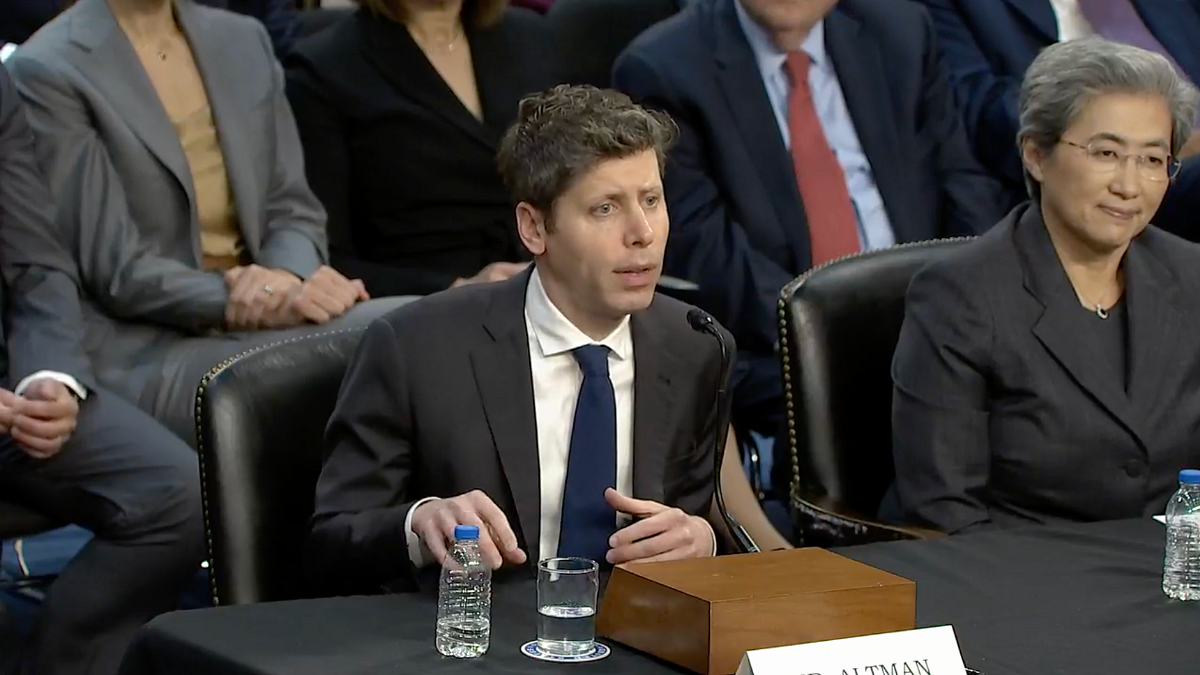
Politicians Are REALLY Saying Between the Lines Decoded by AI
Josh Shear – For decades, politicians have been masters of speaking without truly saying anything. Speeches are filled with uplifting phrases, vague promises, and carefully crafted statements meant to inspire, calm, or sometimes confuse. But in 2025, a new force is changing the game: artificial intelligence. With access to advanced language models and sentiment analysis, we can now explore what politicians are really saying between the lines decoded by AI.
This isn’t about conspiracy theories or wild speculation. It’s about applying modern technology to expose patterns, rhetorical devices, and subtle psychological strategies that often go unnoticed. In this article, we’ll break down how AI is reshaping political analysis, how it interprets hidden meanings behind public statements, and what this could mean for democracy, journalism, and our collective ability to understand those in power.
Political communication is a balancing act. On the surface, a politician must appear confident, trustworthy, and relatable. But behind the curtain, every word is calculated. From campaign slogans to press briefings, political language is designed to please certain audiences, avoid backlash, and maintain deniability.
This is why vague phrases like “we will evaluate options,” “the people have spoken,” or “we are committed to progress” are so common. These lines sound meaningful, but when stripped down, they say very little. It’s a strategic form of linguistic camouflage.
Now, with the rise of AI tools that analyze tone, emotion, and keyword patterns, we can finally pull back the curtain to see what’s actually being said or not said.
Read More: Robots in the Workplace: Are Human Employees Becoming Obsolete?
Artificial intelligence systems today are capable of natural language processing (NLP) at levels never seen before. These models are trained on billions of words, giving them the ability to detect subtle emotional cues, manipulative sentence structures, and persuasive framing techniques.
For instance, if a politician repeatedly uses the future tense without concrete timeframes “we will address the issue,” “we plan to improve systems” AI flags this as non-committal speech. That alone doesn’t expose deception, but it does highlight an effort to appear responsive without accountability.
One powerful way to understand what politicians are really saying between the lines—decoded by AI—is through sentiment analysis. This technique allows AI to assess the emotional tone of a message, revealing whether a statement is optimistic, defensive, angry, or evasive.
Imagine a government official addressing a crisis. On the surface, they may say: “We are working around the clock to restore order.” Sounds good, right? But AI might detect undertones of stress, guilt, or lack of confidence based on tone, pacing, or word choices—like avoiding direct responsibility or shifting blame.
AI doesn’t guess. It calculates these signals based on massive datasets of language patterns. Over time, this allows a more accurate reading of a speaker’s emotional position than the human ear alone.
During recent political debates, several AI systems were used to analyze candidates’ statements in real time. These tools were able to identify when certain individuals avoided direct answers, shifted topics, or used emotionally charged language to distract from weak points.
For example, when a candidate was asked about healthcare funding and responded with “what really matters is freedom,” the AI flagged that as ideological redirection a classic method to avoid detail while appealing to values.
In another case, a leader praised an economic milestone without acknowledging related inflation. AI flagged this as selective framing, where positives are exaggerated and negatives are buried.
What’s more fascinating is that AI can track these habits over time, creating linguistic profiles for public figures. This reveals consistency or lack thereof in messaging across months or even years.
If we can harness what politicians are really saying between the lines decoded by AI, we empower journalists, researchers, and the public to hold leaders more accountable. Imagine watching a press conference with a real-time AI assistant that shows which statements are vague, which deflect, and which contradict past remarks.
This could be a game-changer for political coverage. Instead of taking soundbites at face value, media outlets could report on the underlying emotional signals, decision-making language, or shifting priorities. It introduces a new layer of transparency and potentially, trust.
However, there’s also a warning here. AI, while powerful, is still built by humans. Biases in training data or misinterpretation of cultural context can lead to flawed conclusions. That’s why any AI decoding must be used as a tool, not a verdict.
Whether you lean left, right, or somewhere in the middle, one thing is clear: politicians are trained to communicate strategically. But today, citizens no longer have to rely solely on intuition or media filters to grasp deeper meaning.
With AI-powered language tools, we can all become more critical listeners. We can detect when we’re being inspired versus manipulated, informed versus distracted. The ability to interpret what politicians are really saying between the lines decoded by AI isn’t just fascinating. It’s necessary.
This isn’t the future of politics. It’s the present. And it’s time we listened more closely not just to what’s said, but to what’s carefully hidden beneath the surface.
This website uses cookies.